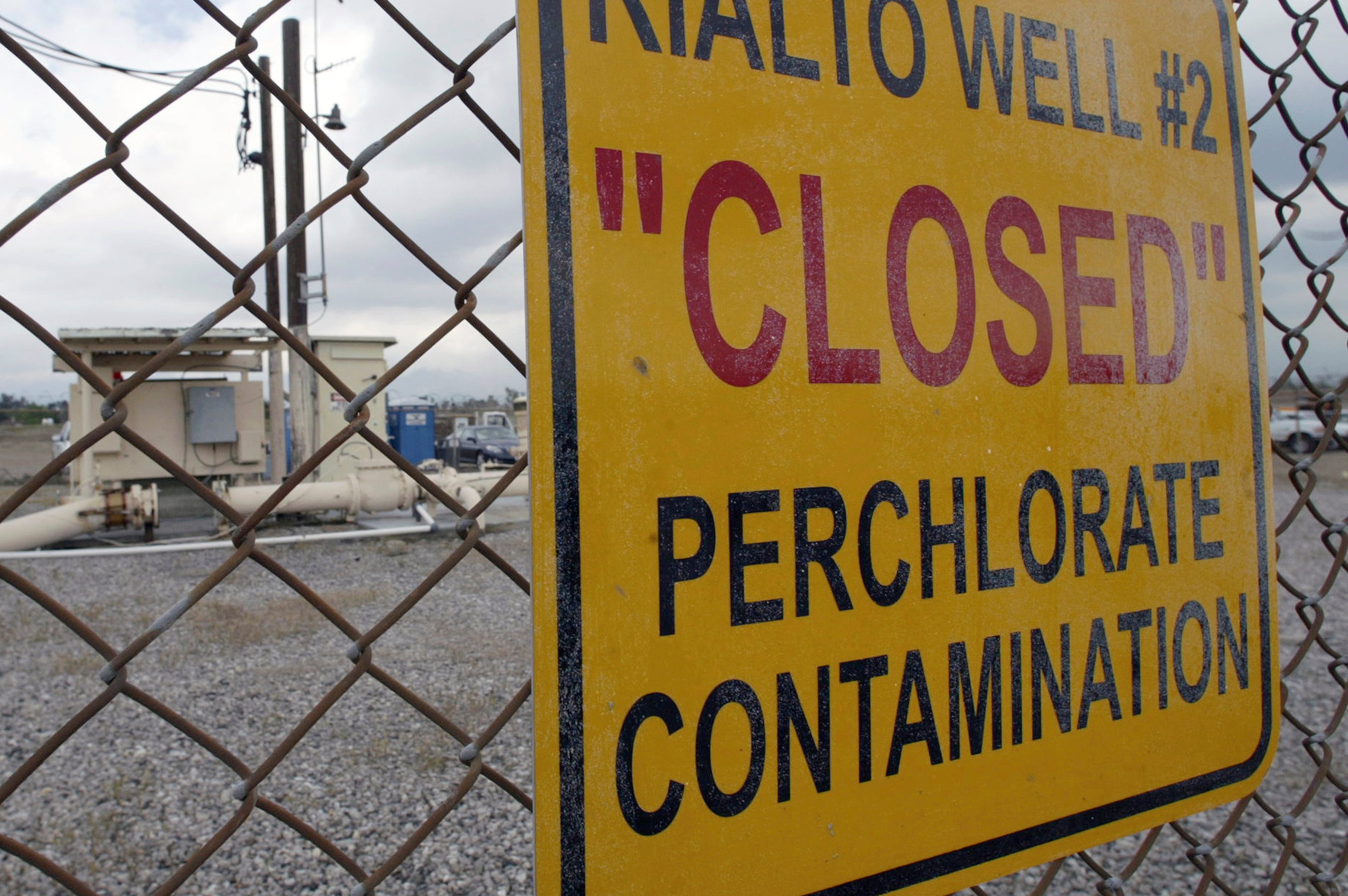Walter Reeves: Seedling watermelons may not taste like you expect

Q: Will the volunteer watermelon seedlings that came up where one of last year’s amazing melons split and rotted produce watermelons that are that sweet and juicy? Carol Zweig, Fayetteville
A: Most grocery store watermelons are hybrids, grown from seeds that came from controlled pollination using superior watermelon parents. Your seedling, volunteer watermelons come from uncontrolled pollination. True, the pollen that produced these seeds came from superior sweet melons nearby, but there is no guarantee that these seeds will have the superior traits from their superior parents. They might get the genes for dwarfism or susceptibility to drought. These genes might not have been expressed because they were recessive in the two parents, but if the two recessive genes for dwarfism came together from both parents, the seed that was produced would produce dwarf plants. You’d think that pollen from superior plants would produce superior offspring, but that is not always true.
Q: I transplanted several bottlebrush buckeye shrubs to my yard several years ago. The bottlebrush buckeye colony is thriving. However, the established shrubs nearby have severely declined. Has the toxicity of the bottlebrush buckeye caused this? Lorna Campbell, Decatur
A: All parts of a bottlebrush buckeye are toxic when ingested by humans and animals, but I can find no published evidence that this plant is allelopathic to other plants.
Q: We had a nice lawn this spring, but a month ago, I started getting divots, 4 inches across and 2 inches deep. We were told it was armadillos. We have tried various commercial repellents but none seem to work. What would you think about trying crushed mothballs? John Jones, email
A: It’s a free country, so you can do as you like, but consider some facts before you run off and make the neighborhood smell like Grandma’s closet. First, mothballs, moth flakes, and moth crystals are made from either naphthalene or paradichlorobenzene. Naphthalene is a possible carcinogen and can cause hemolytic anemia. Extended exposure to paradichlorobenzene or naphthalene can cause liver and kidney damage. University research has not found any effective repellent for armadillos. If you find that armadillos are the culprit, trapping them is your best option. The best bait for your trap is armadillo urine, and you’ll have plenty of that if you put a trapped armadillo over a plastic tub. I have details on armadillo control at bit.ly/GAarmadillo.
Email Walter at georgiagardener@yahoo.com. Listen to his occasional garden comments on “Green and Growing with Ashley Frasca” Saturday mornings on 95.5 WSB. Visit his website, walterreeves.com, or join his Facebook page at bit.ly/georgiagardener for his latest tips.


